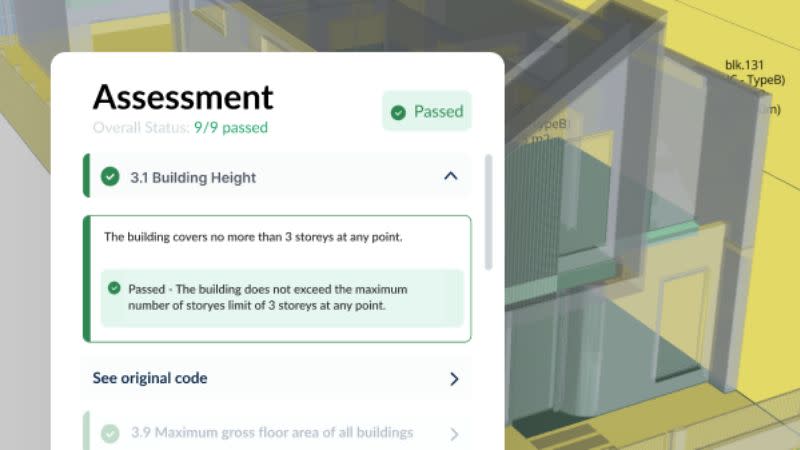How Technology Can Bring Real Change to Accelerate Housing Supply

During the past few years, pressure has been mounting on governments in the housing sector, with supply struggling to keep up with demand.
After the re-opening of international borders post-Covid lockdowns, governments are facing a stronger than anticipated recovery in population growth, presenting a new challenge to housing supply and affordability.
According to the recently released Intergenerational Report, net overseas migration will reach more 400,000 this year, before moderating to around 235,000 per annum.
The housing cost crisis from the rapid growth in demand is coinciding with increasing interest rates and a rise in the cost of materials, placing pressure on consumers’ ability to purchase and build housing.
In the State of the Nation’s Housing 2022-23 research report, the National Housing Finance and Investment Corporation chief executive Nathan Dal Bon emphasised that “analysis shows housing affordability and supply are likely to remain challenging for some time, underscoring the need for a holistic approach to mitigate the housing pressures Australians are facing”.

Governments are cognisant of these challenges ahead, with Australia’s Housing Australia Future Fund recognising that a change to supply is needed to keep up with demand.
Complex and time-consuming processes
With governments prioritising increasing supply of housing through investment, a barrier that continues to persist for home builders across Australia is the complex and time-consuming process of building property.
The public is expected to find and understand a plethora of government documents and rules that dictate what is allowed to be built on a site, including environmental, zoning and heritage concerns.
For the average citizen, this paper-intensive regulatory environment can slow down and frustrate the design and construction process, disincentivising action and exacerbating the supply problem.
In Victoria, for example, the Better Regulation Victoria review of the planning and building approvals process identified that 65 per cent of permit applications take longer than two months, with 26 per cent taking more than six months to approve.
These delays cost the residential development industry $7.6 million per day.
The public needs better tools that empower them in understanding land and government regulations and can encourage building approval. This presents the opportunity to introduce technology and artificial intelligence to empower citizens and improve efficiencies in the process.
Technology to simplify the process
More than ever, technology and artificial intelligence is needed to address these problems and prioritise digitising and simplifying the building process to boost housing supply.
Artificial intelligence, with its ability to analyse vast amounts of data, identify patterns and make predictions, has the potential to cut through the complex environment and deliver the facts so citizens can make well-informed and strategic decisions.

An example of AI-powered technology driving change in the public sector is Archistar.
Archistar has been working with governments across Australia to embed digital compliance solutions into the building process and leverage technological tools to fast-track development, providing cost-savings and greater transparency to citizens.
The revolutionary technology instantly assesses building designs against selected planning and building codes, navigating the complex and time-consuming issues that are slowing down progress in housing supply.
The technology has recently been brought to market in Victoria, where it has empowered designers to rapidly iterate house designs and fast-track understanding of requirements, saving up to four weeks on the approval process.
Estimated cost savings of the tool are $13,000 per submission, or up to $65 million total savings each year.
A free demonstration and training tool called Archiland is available for industry to experience the new compliance technology and understand how it works. A live demonstration can be requested on Archistar’s website.
Accelerating change in the housing sector
By prioritising new technologies, governments and the public sector have an opportunity to accelerate change in the housing sector.
With demand for property showing no sign of slowing, it is the responsibility of governments to support a boost supply and by adopting artificial technology, governments can accelerate the overall process without compromising quality.
By leveraging technology tools such as Archistar, home builders can save time and money while reducing the likelihood of errors and oversights. The improved efficiency ultimately leads to more successful projects, empowering builders to continue increasing housing supply.
The Urban Developer is proud to partner with Archistar to deliver this article to you. In doing so, we can continue to publish our daily news, information, insights and opinion to you, our valued readers.














